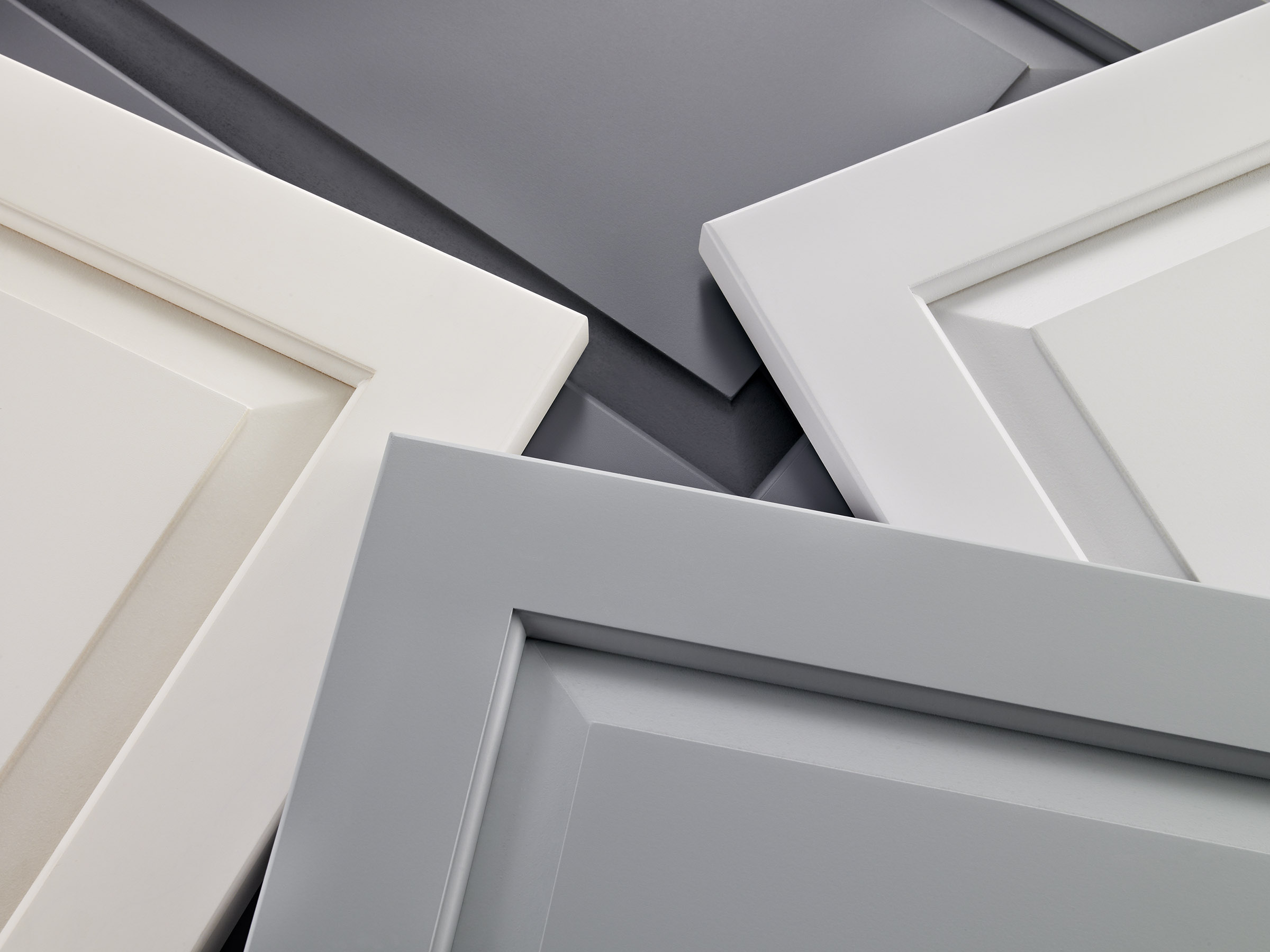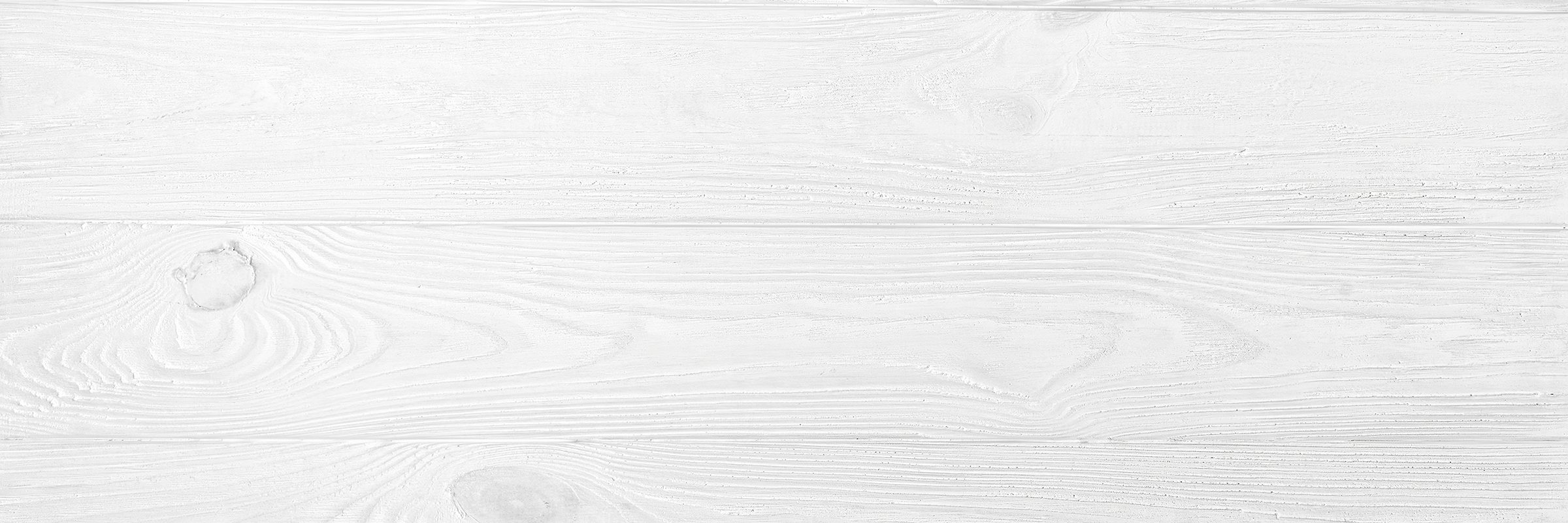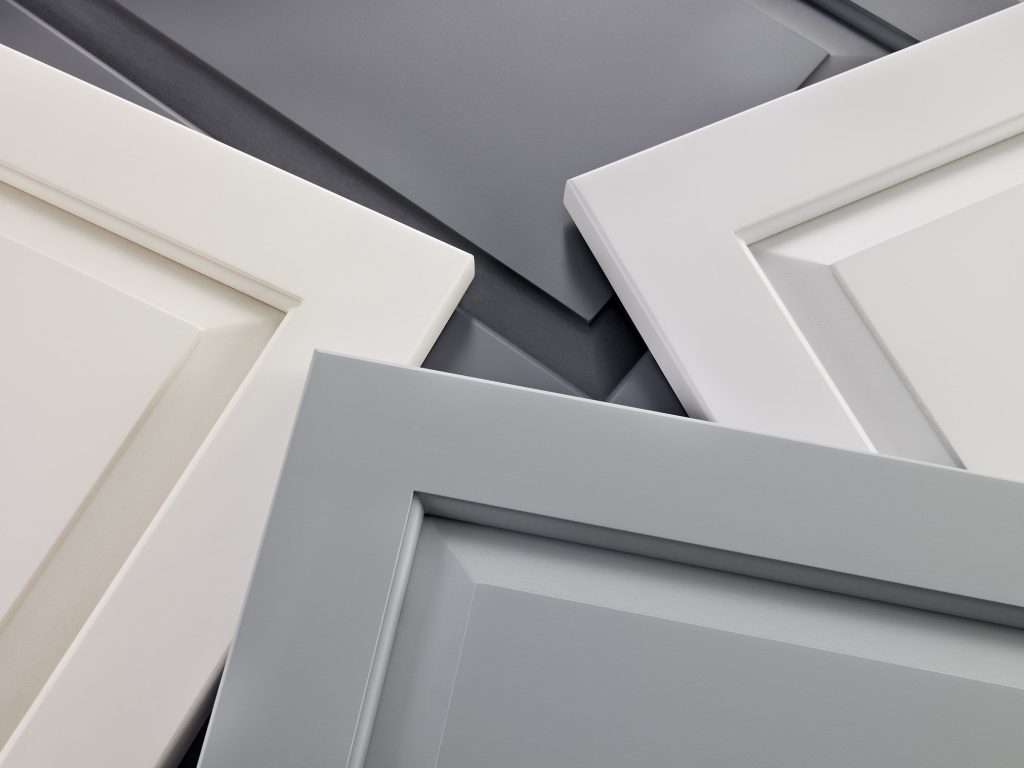The Importance of Paint Preparation
Currently painted cabinets have become ultra-popular and are in high demand among consumers. So much so, that painted cabinetry is up to 80% of some manufacturer’s output. It’s the perfect way to express a unique style and personality with minimal added cost compared to other home improvement projects.

What is the most notable drawback to painting for a finishing operation? Primarily the extra time, energy, and coating materials involved in painting versus the more traditional stained cabinetry. At times even the most experienced finishers neglect the first and most important step in achieving the perfect paint job: priming.
One coat of primer and one coat of paint will give a superior, longer-lasting finish than two coats of paint. That is why it is recommended to prime first then paint. Generally speaking, paints are formulated with more pigments than resin to provide a vivid, pleasingly colorful coating. Primers on the other hand are resin-rich to provide the ideal foundation for paint.
Because the preparation of a painted surface is so important in a successful painting operation Conestoga now offers three different priming options: Low Cost, Standard, and Double Coat (white, light grey, medium grey, or dark grey). These options will speed up throughput and reduce the amount of VOCs emitted from your paint process, allowing you to finish parts quickly with outstanding results.
If you would like to discuss any Finishing procedural questions or other ways Conestoga could assist your finishing program, contact your Conestoga Sales Representative or me, Conrad Good at 717-445-3252. Conrad has been with Conestoga Wood for over twenty-five years, working originally in door manufacturing and for the last twenty-plus years with the Finishing Department.


